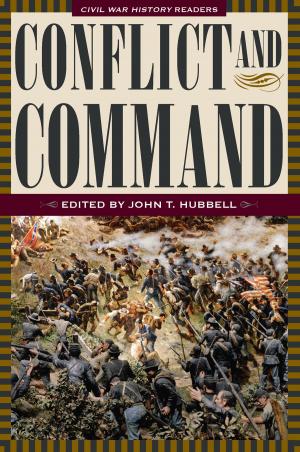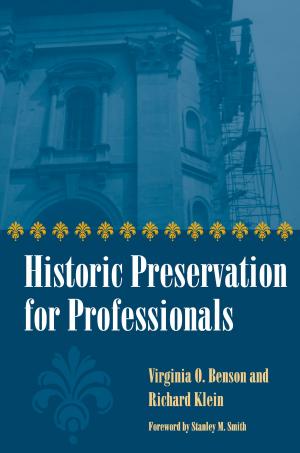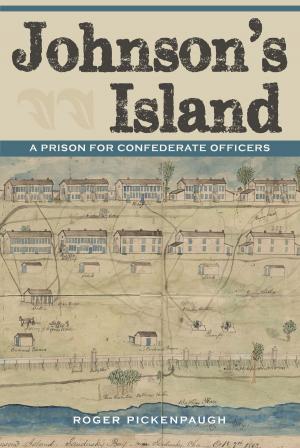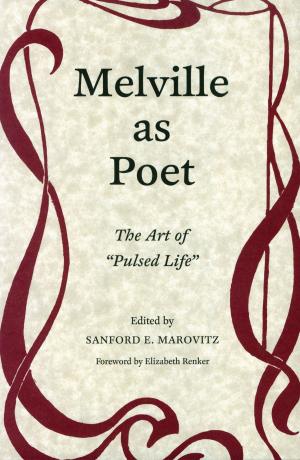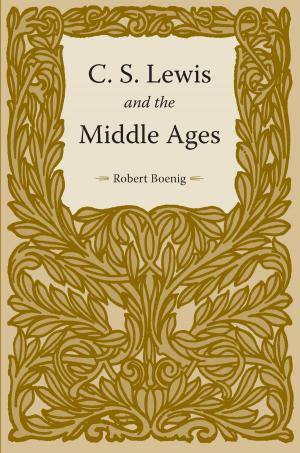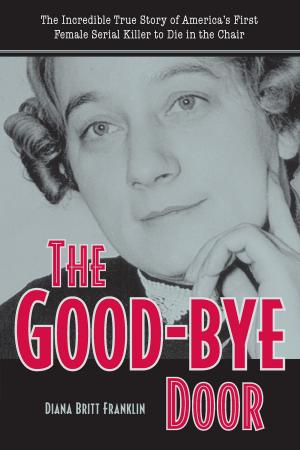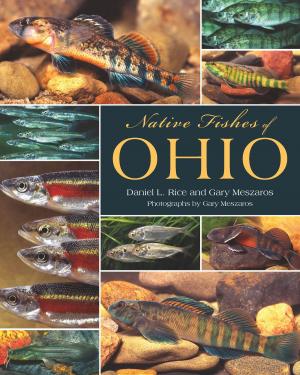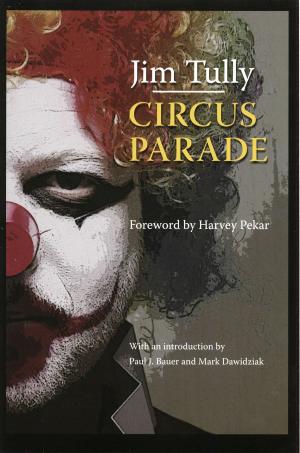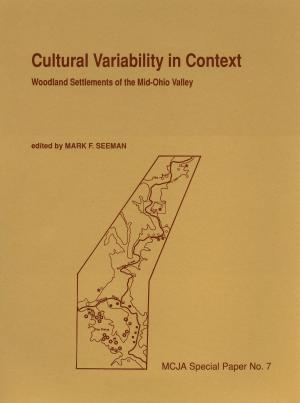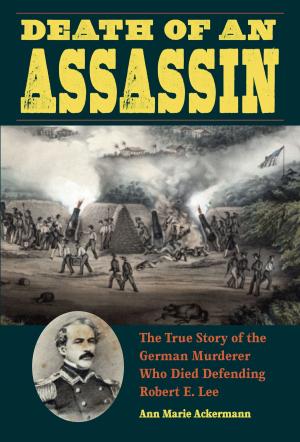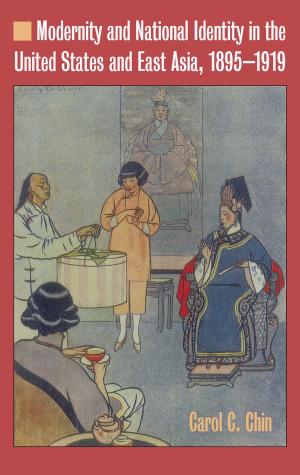| Author: | Frank Wilcox | ISBN: | 9781631011726 |
| Publisher: | The Kent State University Press | Publication: | May 5, 2015 |
| Imprint: | The Kent State University Press | Language: | English |
| Author: | Frank Wilcox |
| ISBN: | 9781631011726 |
| Publisher: | The Kent State University Press |
| Publication: | May 5, 2015 |
| Imprint: | The Kent State University Press |
| Language: | English |
From Cleveland to Portsmouth and Toledo to Cincinnati, two great canals and numerous connections and feeders laced Ohio with a thousand miles of waterways in the years before the Civil War. They were a major force in transforming Ohio from a frontier society to a leading agricultural and commercial state, but they were doomed by the arrival of the railroads. Today, they are all but vanished, except for the preservation efforts of some historical societies. The Ohio canals live again through the eye and hand of artist-historian Frank N. Wilcox. From his years of walking the canal ways and exploring the broken locks to searching old newspapers and musty records, Wilcox built this record. Through his art and writing he tells the story of canal location and construction; guides us through the intricacies of locks and their workings; and restores for today’s readers the texture and flavor of this colorful era. Lynn Metzger and Peg Bobel reintroduce us to Wilcox’s classic work that pioneered today’s canal preservation movement.
From Cleveland to Portsmouth and Toledo to Cincinnati, two great canals and numerous connections and feeders laced Ohio with a thousand miles of waterways in the years before the Civil War. They were a major force in transforming Ohio from a frontier society to a leading agricultural and commercial state, but they were doomed by the arrival of the railroads. Today, they are all but vanished, except for the preservation efforts of some historical societies. The Ohio canals live again through the eye and hand of artist-historian Frank N. Wilcox. From his years of walking the canal ways and exploring the broken locks to searching old newspapers and musty records, Wilcox built this record. Through his art and writing he tells the story of canal location and construction; guides us through the intricacies of locks and their workings; and restores for today’s readers the texture and flavor of this colorful era. Lynn Metzger and Peg Bobel reintroduce us to Wilcox’s classic work that pioneered today’s canal preservation movement.

